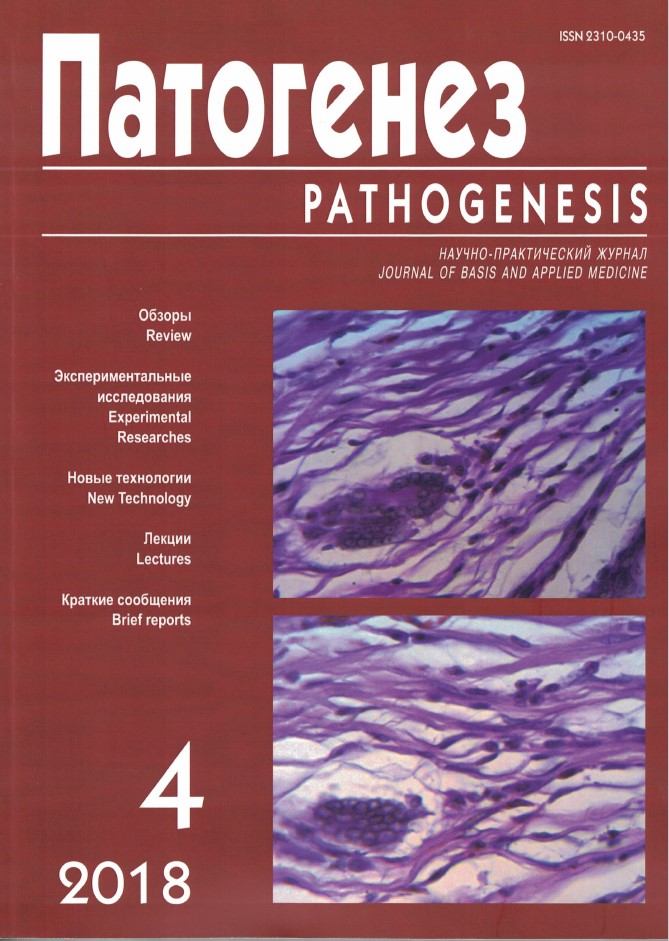Evaluation of pathophysiological changes induced by acute hypobaric hypoxia in rats by solid-phase structures of blood serum and cerebral blood flow
Abstract
Background. The issue of hypoxia is an important aspect of medicine. However, the profound effect of hypoxia on the body remains largely unexplored. The aim of the study was to evaluate pathophysiological changes in experimental animals under the conditions of acute hypobaric hypoxia (AH) from different aspects: from the aspect of basic (molecular) level – by solid-phase structures of the blood serum (BS), and from the aspect of the central management of the body – by cerebral blood flow. Methods. Cuneiform dehydration of biological fluids was used for an indirect assessment of the transformation of structural and energy parameters of BS protein molecules in the hypoxic conditions. The wavelet analysis of cerebral blood flow oscillations was used to evaluate cerebral blood flow in hypoxia. Results. As a result of the study, the rats were divided into two groups based on their resistance to hypoxia. The first group faster developed the agonal state at a simulated altitude of 11.5 km. At the same time, these rats retained a significant part of the energy resources of protein molecules, which was established by the systemic organization and local structures of the BS solid phase and confirmed by a sufficiently high rate of cerebral blood flow. The second group of animals exposed to the same hypoxic conditions developed the agonal state much later and showed significant changes in the structure and almost complete depletion of energy resources of protein molecules associated with a marked drop of cerebral blood flow. However, the animals of the second group showed a faster recovery of microcirculation after return to the normobaric conditions. Conclusion. Pathophysiological changes in the rat body exposed to AH are based on transformation of molecular structures evident from both the systemic organization and local structures of the BS solid phase. The experimental animals have different thresholds of resistance to AH.




